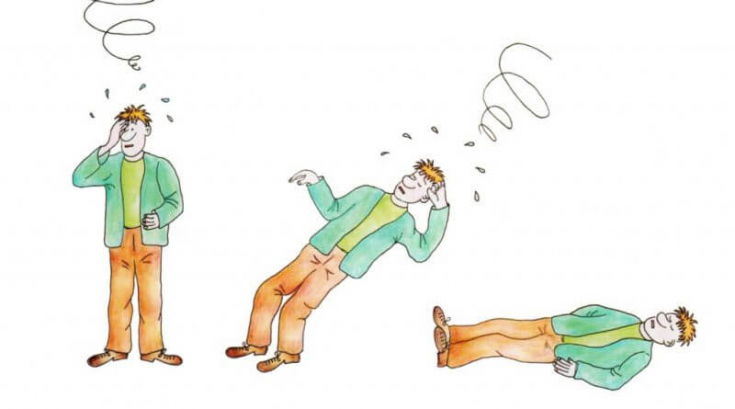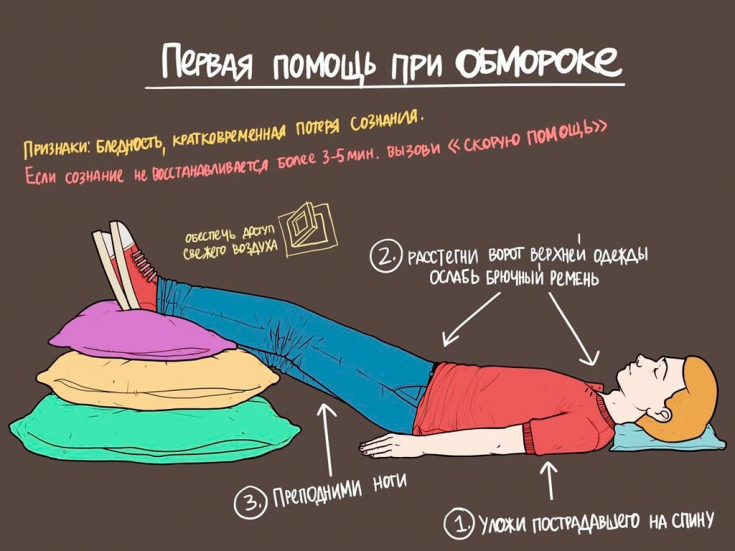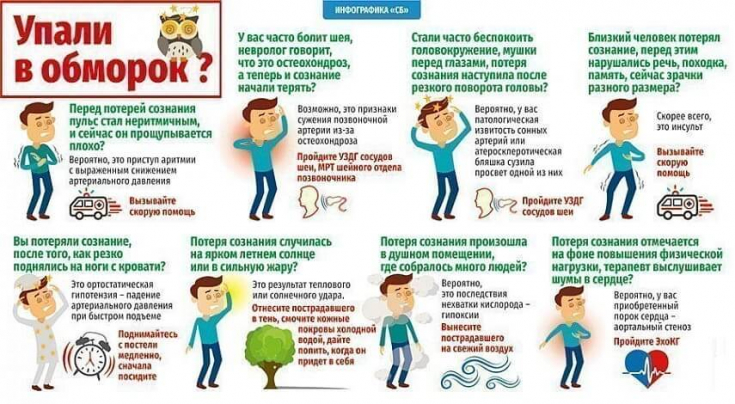For parents, some of the most frightening situations – when the child loses consciousness. Sometimes teachers in the classroom also encounter this. The reasons can be different, among them there are relatively safe, and there are very serious ones. Of course, here you can not do without a medical examination. But it is important for any adult to know how to provide first aid if a child faints. It does not hurt to also know about the possible causes of this condition in order to understand how to proceed.
estet-portal.com figured out why and when a child may faint and tell how to help him.
- Signs of fainting and what precedes it
- What are the normal processes in the body that lead to loss of consciousness
- What health problems make children faint
- Child fainted – First Aid
Signs of fainting and what precedes it
Fainting is a sudden temporary loss of consciousness. It can last from 5 seconds to 10 minutes. If there is no consciousness longer, it is very dangerous – serious and urgent resuscitation is already required here. suddenly. But more often it is preceded by a fainting state.
Read also: First Aid for Heat Stroke – how to avoid consequences
• nausea; • leg weakness;
• leg weakness;
• discomfort;
• ringing or tinnitus;
• sweating;
• "flies" before the eyes or blurred vision;
• numbness of hands
What everyday processes in the body lead to loss of consciousness
It should be understood that fainting – not a disease, but a symptom. This means that the brain tissue lacks oxygen or nutrients. This occurs when the vascular tone decreases, and the blood cannot overcome the force of gravity and reach the heart or brain in sufficient quantities.
• lack of fresh air in a closed room, in a crowd;
• state of hunger;
 • prolonged debilitating fatigue due to overload;
• prolonged debilitating fatigue due to overload;
• long listening to loud music through headphones;• very strong sharp emotions – not only negative, but also positive (remember, fainting at concerts of various idols);
• puberty in adolescents, when there is an intense hormonal restructuring of the body; xxxx>
• girls have an additional factor – menses.
Read also:
10 most useful foods for the heart and vessels
Common situation
in children and adolescents
– in the morning I didn’t have time to eat because I slept to the last, then I ran hungry to school, squeezed into a stuffy transport, dressed in warm winter clothes, and now – hello faint. The same can happen on the way home. Often students pass out on long lines, especially in hot weather. Fainting before exams too –
What health problems make children faint
It happens, alas, that fainting is a symptom of a dangerous disease:
• diabetes mellitus – in moments of a strong drop in blood glucose levels, which is possible with hunger, exercise, severe stress, an overdose of insulin, in serious cases or without help, fainting develops into a coma; • a strong allergic reaction, especially with a large number of urticaria spots, the most dangerous – in the head area;• anemia, a decrease in hemoglobin, the duty of which is to bring oxygen to the brain cells;
• vascular problems in the brain area when a spasm occurs, which may be the result of a violation of the autonomic balance or hereditary acquisition;
• tumors of the brain when its tissues are compressed;
• osteochondrosis in the cervical vertebrae, which disrupts blood flow to the head;
• circulatory disorders due to heart disease;
• concussions due to strong blows to the head, damage to parts of the brain is possible here.
Read also:
Entrust the doctor to establish the real cause
. In any case of fainting, even if you are sure that it was caused only by stuffiness or fatigue, contact the doctors to check the child's health. Especially if drowsiness and weakness are observed for a long time after the fact. And also in case of
repeated fainting.
A child, like an adult, should be tried to immediately get out of a swoon:
1. Lay on a horizontal surface – so that the legs are higher than the head, which will allow the blood to go to the brain due to gravity.2. Everything that blocks the blood
3. Provide fresh air by opening windows, directing a fan, etc.
4. If you have ammonia, moisten a cloth or cotton wool, bring it to your nose or mouth (it is dangerous to bring a jar – if the child twitches, the liquid will spill on him).
5. Spray cold water on the face, neck, décolleté area.
6. When the fainting is over, medium-strength sweet hot tea will do the trick.
Read also: First Aid – basic skills
If a child fainted due to hunger or stuffiness, it is worth reconsidering his lifestyle and regimen. With vegetovascular dystonia, it is important to follow the daily routine, however, as in other cases. Charging daily, a contrast shower, good nutrition and sleep, being in the air and better – active. Breakfast – required. If the child is emotional, you can drink soothing herbs – lemon balm, chamomile, sage.
See more important and useful information on our YouTube:







Add a comment